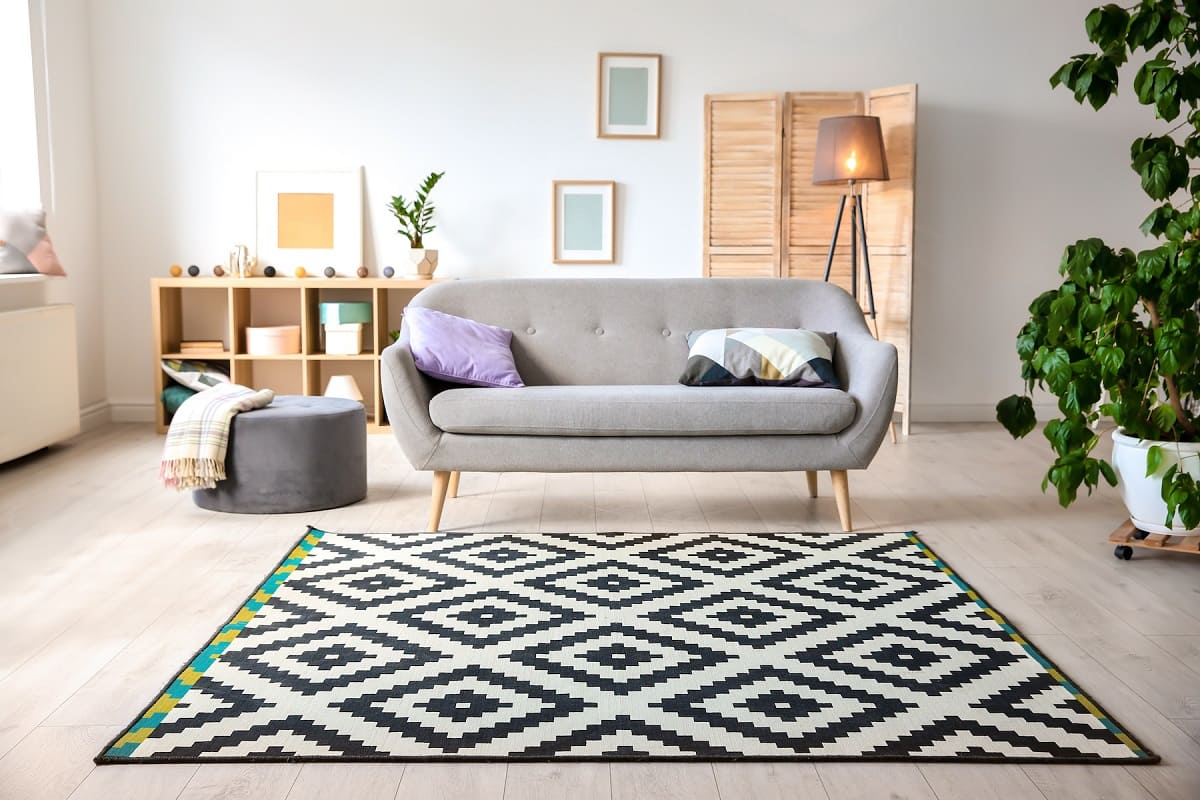

Articles
What Is A Floor Cloth
Modified: January 18, 2024
Discover the art of floor cloths with our informative articles. Learn how to create beautiful and durable floor coverings for your home.
(Many of the links in this article redirect to a specific reviewed product. Your purchase of these products through affiliate links helps to generate commission for Storables.com, at no extra cost. Learn more)
Introduction
Floor cloths, also known as oilcloths, have a long history rooted in functionality and aesthetics. These versatile and durable floor coverings have been used for centuries to protect and embellish floors in homes, businesses, and public spaces. In this article, we will explore the fascinating world of floor cloths, from their definition and history to the materials used in their creation and the benefits they offer. So let’s dive in and discover the beauty and practicality of floor cloths.
Key Takeaways:
- Floor cloths are handcrafted, durable floor coverings with a rich history and practical benefits. They offer protection, easy maintenance, and customizable designs, making them a timeless and versatile flooring option.
- The artistry and functionality of floor cloths make them a unique and charming addition to any space. With their ability to withstand heavy foot traffic, resist wear and tear, and provide decorative flair, floor cloths offer a blend of beauty and practicality.
Read more: What Is A Floor Plan
Definition of a Floor Cloth
A floor cloth is a type of floor covering that is handcrafted using a variety of materials such as canvas, cotton, or linen. It is typically treated with a combination of paints, varnishes, and sealants to create a waterproof and non-slip surface. Floor cloths are often designed with decorative patterns and motifs, making them not only functional but also aesthetically pleasing.
What sets floor cloths apart from other floor coverings is their unique composition and construction. Unlike traditional rugs or carpets, floor cloths are made to be more rigid and easy to clean. They are typically lightweight and can be easily rolled up and transported. Floor cloths are suitable for use on a variety of flooring surfaces, including hardwood, tile, and laminate.
One of the key features of a floor cloth is its ability to withstand heavy foot traffic and resist wear and tear. The combination of materials and treatments used in its creation makes it highly durable and long-lasting. Additionally, floor cloths provide a protective layer for the underlying floor, preventing scratches, stains, and other damage.
History of Floor Cloths
The history of floor cloths dates back centuries, with evidence of their existence appearing as early as the 17th century. During this time, floor cloths were primarily used in wealthy homes and public spaces as a way to protect expensive flooring materials like wood and stone.
Initially, floor cloths were made from sailcloth or ship canvas, making them highly durable and water-resistant. These early floor coverings were painted with decorative designs, often mimicking ornate tile patterns or intricate marbling. The paints used on floor cloths were mixed with linseed oil, which not only added richness to the colors but also provided a protective barrier against moisture and spills.
As the demand for floor cloths grew, artisans began experimenting with different materials and techniques. In the 18th century, floor cloths became more accessible to the middle class and were used in a wider range of homes. The introduction of stenciling techniques allowed for more intricate and diverse patterns to be created, further enhancing the visual appeal of floor cloths.
The popularity of floor cloths continued to rise during the 19th century, especially in America. They were commonly found in kitchens, entryways, and other high-traffic areas of the home. However, with the advent of linoleum and other synthetic floor coverings in the early 20th century, the use of floor cloths started to decline.
In recent years, there has been a resurgence of interest in floor cloths, driven by a desire for unique and eco-friendly home decor options. Many artisans and craftspeople have taken up the tradition of creating floor cloths, using modern materials and techniques while still honoring the traditional methods.
Today, floor cloths can be found in a variety of styles and patterns, ranging from traditional designs to contemporary and abstract motifs. They are not only cherished for their practicality but also admired for their artistic value, making them a versatile and timeless addition to any space.
Materials Used for Floor Cloths
Floor cloths are made using a combination of materials that make them both durable and visually appealing. These materials are carefully chosen to ensure that the floor cloth can withstand regular use, resist wear and tear, and maintain its vibrant colors. Here are some common materials used in the creation of floor cloths:
- Canvas: Canvas is a popular choice for the base layer of a floor cloth. It is thick and sturdy, providing a solid foundation for the rest of the materials. The canvas is often treated to make it more water-resistant and durable.
- Cotton or Linen: Cotton or linen fabrics are used to cover the canvas and create a smooth surface for painting. These materials are lightweight and easier to work with, allowing for intricate designs and patterns.
- Paints: High-quality paint is essential for creating vibrant and long-lasting floor cloth designs. Oil-based paints are commonly used as they adhere well to the fabric and provide excellent color saturation. Acrylic paints are also used for their quick drying time and wide range of colors.
- Sealants and Varnishes: After the painting process is complete, floor cloths need to be sealed to protect the design and provide a waterproof layer. Various sealants and varnishes, such as polyurethane or epoxy, are applied to the cloth to enhance its durability and make it easier to clean.
- Edge Binding: To give the floor cloth a finished look and prevent fraying, edge binding is often added. This can be done using bias tape, fabric strips, or other decorative trims.
It’s worth noting that modern floor cloths may also incorporate synthetic materials like vinyl or PVC to enhance their water resistance and durability. This allows for greater versatility in terms of where the floor cloth can be used, including outdoor areas or places with high levels of moisture or foot traffic.
The selection of materials used for a floor cloth depends on the desired design, level of durability needed, and personal preference of the artisan. By carefully choosing the right materials and treating them properly, artisans can create stunning floor cloths that will last for years to come.
A floor cloth is a durable, painted canvas used as a decorative and protective covering for floors. To make your own, use heavy canvas, prime it with gesso, and paint with durable floor paint.
Making a Floor Cloth
Creating a floor cloth is a labor-intensive process that requires careful attention to detail and a combination of artistic skill and craftsmanship. While techniques may vary among artisans, the general process involves several key steps. Here’s an overview of how floor cloths are made:
- Preparing the Materials: The first step in making a floor cloth is to gather and prepare the necessary materials. This includes cutting a piece of canvas or fabric to the desired size for the base of the floor cloth. The canvas should be stretched and secured tightly to ensure a smooth working surface.
- Designing the Pattern: Once the canvas is prepared, the design for the floor cloth is created. This can be done by freehand drawing directly on the canvas or by using stencils for more intricate patterns. The design can include a variety of shapes, motifs, and colors, depending on the desired aesthetic.
- Painting the Design: The design is then painted onto the canvas using high-quality paints. Artists carefully follow the outlines of the design, ensuring clean lines and vibrant colors. Multiple layers of paint may be applied to achieve the desired intensity and depth of color.
- Sealing and Varnishing: Once the painting is complete, the floor cloth is left to dry before the final sealing and varnishing process. This step is crucial to protect the design and make the floor cloth resistant to spills and daily wear. Sealants and varnishes are applied in thin, even layers, allowing for adequate drying time between coats.
- Adding Edge Binding: To give the floor cloth a polished look and prevent fraying, edge binding is added. This can be done using bias tape, fabric strips, or other decorative trims. The edges are carefully secured to the back of the floor cloth, providing a neat and finished appearance.
Throughout the process, artisans pay close attention to detail, ensuring that the design is crisp, the colors are vibrant, and the surface is smooth. Each step requires patience and precision to achieve a high-quality, visually appealing floor cloth.
It’s important to note that making a floor cloth is a time-consuming endeavor that requires artistic skill and practice. Many artisans spend years perfecting their techniques and honing their craft. The result is a one-of-a-kind floor covering that not only enhances the beauty of a space but also serves as a testament to the creativity and dedication of the artist.
Uses and Benefits of Floor Cloths
Floor cloths offer a range of uses and benefits that make them a popular choice for both residential and commercial spaces. Here are some of the key advantages and ways in which floor cloths can be utilized:
1. Decorative Flooring: Floor cloths serve as an eye-catching and unique alternative to traditional floor coverings. They add a touch of charm and personality to any room, acting as a focal point or an accent piece that complements the overall decor. With a wide variety of patterns and designs available, floor cloths can be customized to match any interior style or theme.
2. Protecting Flooring: One of the primary benefits of floor cloths is their ability to protect the underlying flooring material. Whether it’s hardwood, tile, or laminate, floor cloths provide a layer of protection against scratches, stains, and general wear and tear. This is particularly beneficial in high-traffic areas or homes with pets and children, where the risk of damage to the flooring is higher.
3. Easy Maintenance: Floor cloths are designed to be easy to clean and maintain. They can be swept, vacuumed, or wiped with a damp cloth to remove dust and dirt. Unlike rugs or carpets, which require regular deep cleaning or professional services, floor cloths can be kept looking fresh and vibrant with minimal effort.
4. Versatility: Floor cloths are versatile in terms of placement and usage. They can be used in various areas of the home, including kitchens, entryways, living rooms, and even bathrooms. Additionally, floor cloths can be used in outdoor spaces such as patios and verandas, allowing you to extend your design aesthetic beyond the confines of the interior.
5. Durable and Long-lasting: The combination of quality materials and craftsmanship ensures that floor cloths are built to last. With proper care and maintenance, a well-made floor cloth can withstand years of use without losing its vibrancy or structural integrity. This durability makes floor cloths a cost-effective flooring option in the long run.
6. Customizable: Floor cloths offer the opportunity for customization, allowing you to have a truly unique and personalized piece in your home. From choosing the size and shape to selecting specific colors and patterns, artisans can create floor cloths that perfectly suit your individual style and preferences.
Whether used as a decorative element or a practical flooring solution, floor cloths bring charm, durability, and versatility to any space. Their ability to blend functionality with artistry makes them a timeless addition to both traditional and contemporary interiors.
Maintenance and Care of Floor Cloths
Proper maintenance and care are essential for preserving the beauty and longevity of floor cloths. By following a few simple guidelines, you can ensure that your floor cloth remains in pristine condition for years to come. Here are some tips for maintaining and caring for your floor cloth:
1. Regular Cleaning: To keep your floor cloth looking its best, sweep or vacuum it regularly to remove dust, dirt, and debris. This helps prevent dirt from becoming embedded in the fabric. You can also wipe the floor cloth with a damp cloth or mop using a mild cleaner to remove any spots or stains. Avoid using harsh chemicals or abrasive cleaners, as they can damage the paint and sealant.
2. Immediate Spill Cleanup: If a spill occurs on your floor cloth, it’s important to clean it up promptly to prevent staining. Blot the spill with a clean cloth or paper towel to absorb the liquid. Avoid rubbing the spill, as this can spread it and potentially damage the paint. Once the spill has been absorbed, clean the area with a damp cloth or mop using a mild cleaner, if necessary.
3. Avoid Sharp Objects: While floor cloths are durable, they can still be susceptible to punctures or tears from sharp objects. Be cautious when moving furniture or heavy objects across the floor cloth to prevent any accidental damage. If you need to temporarily protect your floor cloth from heavy furniture, consider using furniture pads or protective mats.
4. Rotate Furniture and Rugs: To prevent uneven wear and fading, periodically rotate the placement of furniture and area rugs on top of your floor cloth. This helps distribute the weight and traffic patterns, ensuring that the floor cloth wears evenly over time.
5. Use Protective Mats and Rugs: Consider placing protective mats or rugs in high-traffic areas or under furniture to provide an extra layer of protection for your floor cloth. These mats can help minimize dirt, scratches, and wear in areas that receive heavy use or where spills are more likely to occur.
6. Avoid Direct Sunlight: Prolonged exposure to direct sunlight can cause fading and damage to the paint and fabric of a floor cloth. Consider using window treatments or UV-filtering film on windows to reduce the amount of harsh sunlight that reaches the floor cloth. If possible, rotate the placement of your floor cloth periodically to ensure equal exposure to sunlight.
7. Periodic Re-Sealing: Over time, the sealant on your floor cloth may wear off or become damaged. To maintain its water resistance and protective properties, periodically re-seal the floor cloth according to the manufacturer’s recommendations. This helps preserve the integrity of the design and ensures the longevity of the floor cloth.
By following these maintenance and care tips, you can extend the lifespan and beauty of your floor cloth, allowing it to continue enhancing your space for many years to come.
Conclusion
Floor cloths, with their rich history and enduring appeal, continue to be a beloved choice for flooring in both residential and commercial spaces. These handcrafted works of art not only provide a decorative element but also offer practicality, durability, and customization options. From protecting your floors to adding a touch of elegance to your home, floor cloths have numerous uses and benefits that make them an excellent flooring choice.
Whether you appreciate the traditional craftsmanship of early floor cloths or prefer more contemporary designs, there is a floor cloth out there to suit every style and taste. The availability of various patterns, colors, and sizes allows you to find the perfect floor cloth that seamlessly integrates into your existing interior design.
Maintaining your floor cloth is relatively simple. By sweeping or vacuuming regularly, promptly cleaning up spills, and taking precautionary measures against protecting the cloth from sharp objects and excessive sunlight, your floor cloth can maintain its stunning appearance for years to come.
With their durability, seamless maintenance, and ability to enhance the aesthetic of any space, floor cloths have stood the test of time and remain a popular choice for flooring. Whether you’re looking to add a touch of elegance to your home, protect your floors, or express your artistic style, a floor cloth can be a practical and beautiful addition to your living space.
So why settle for ordinary when you can have a one-of-a-kind piece of art that adds warmth, character, and style to your home? Consider incorporating a floor cloth into your décor and discover the timeless beauty and practicality that these unique floor coverings bring to any space.
Frequently Asked Questions about What Is A Floor Cloth
Was this page helpful?
At Storables.com, we guarantee accurate and reliable information. Our content, validated by Expert Board Contributors, is crafted following stringent Editorial Policies. We're committed to providing you with well-researched, expert-backed insights for all your informational needs.
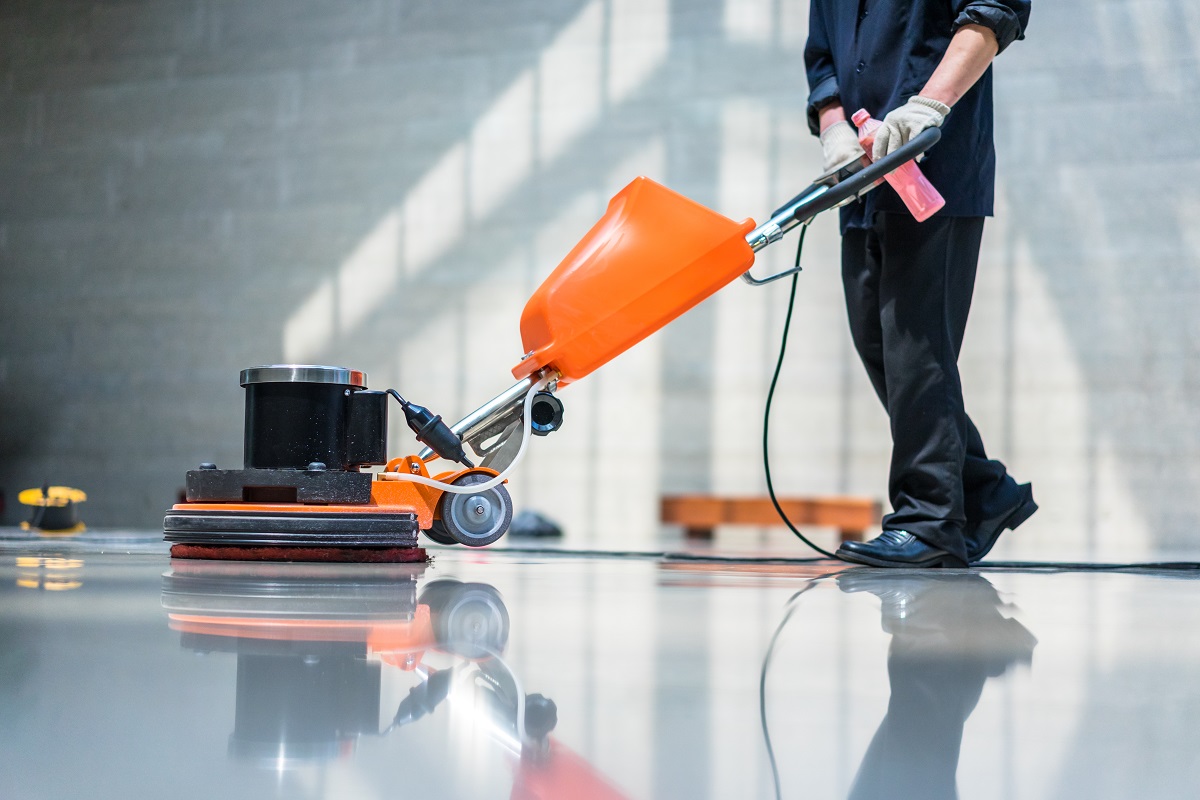
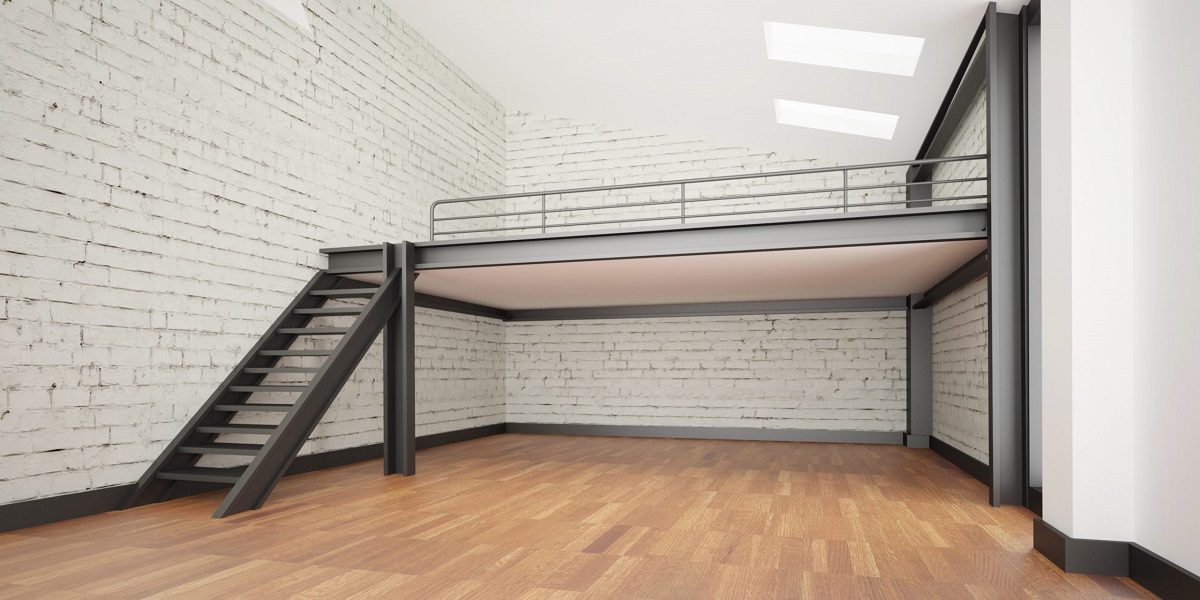
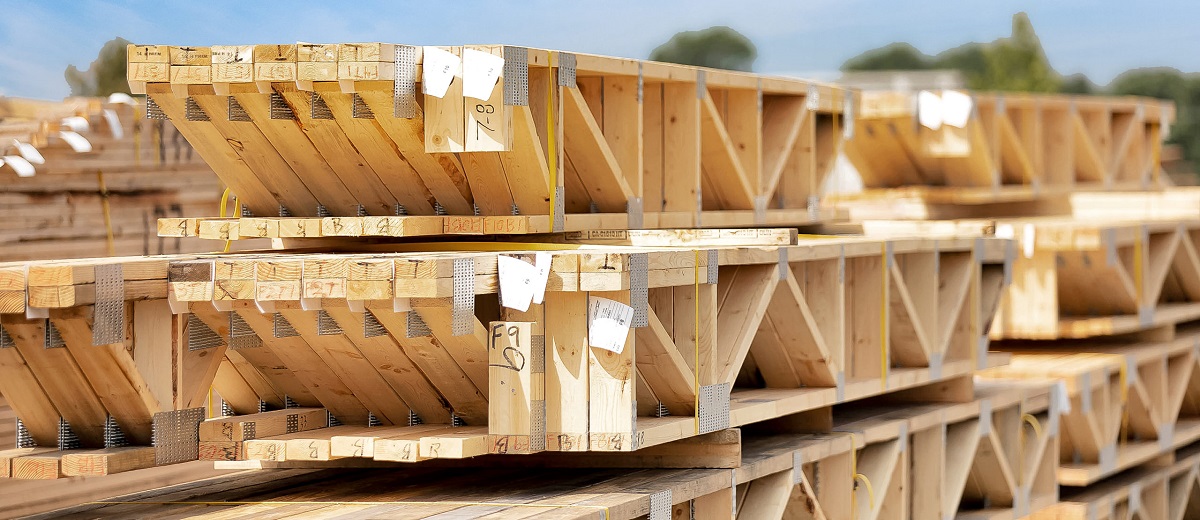
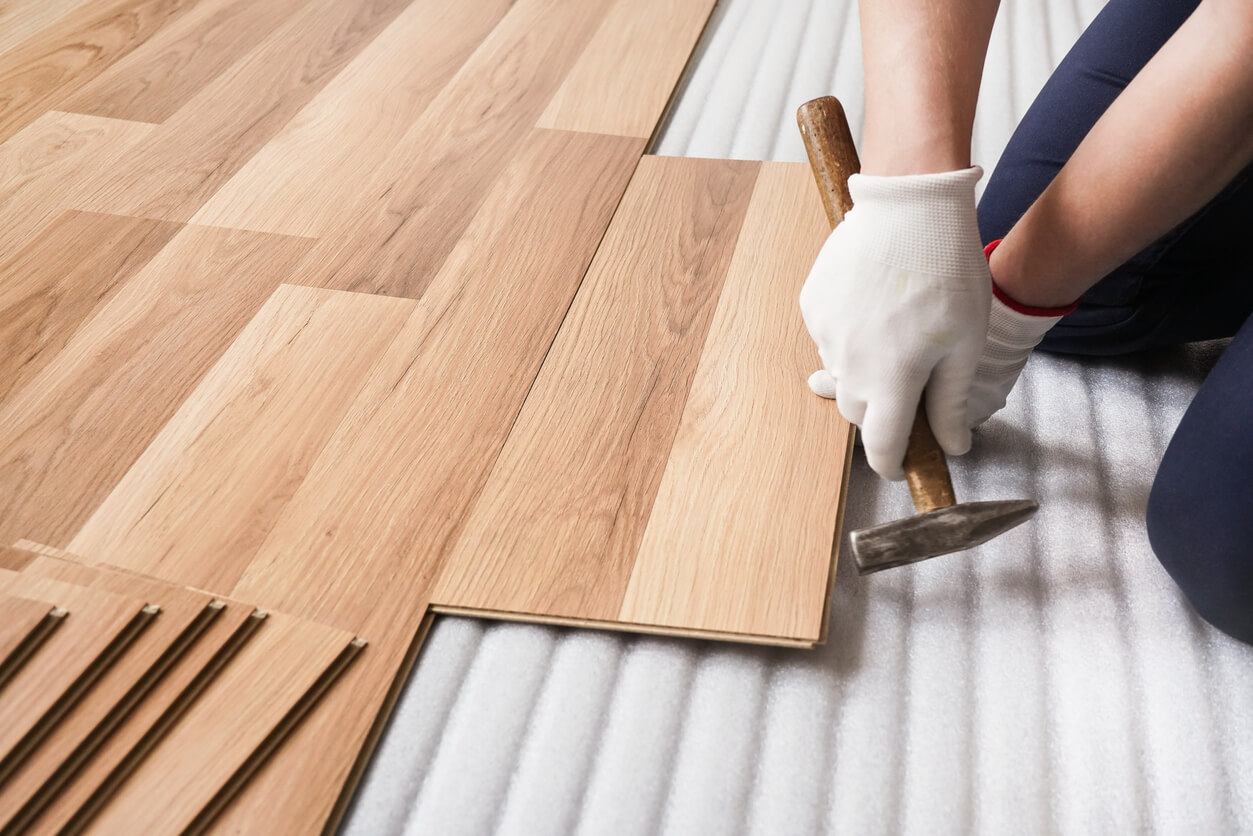
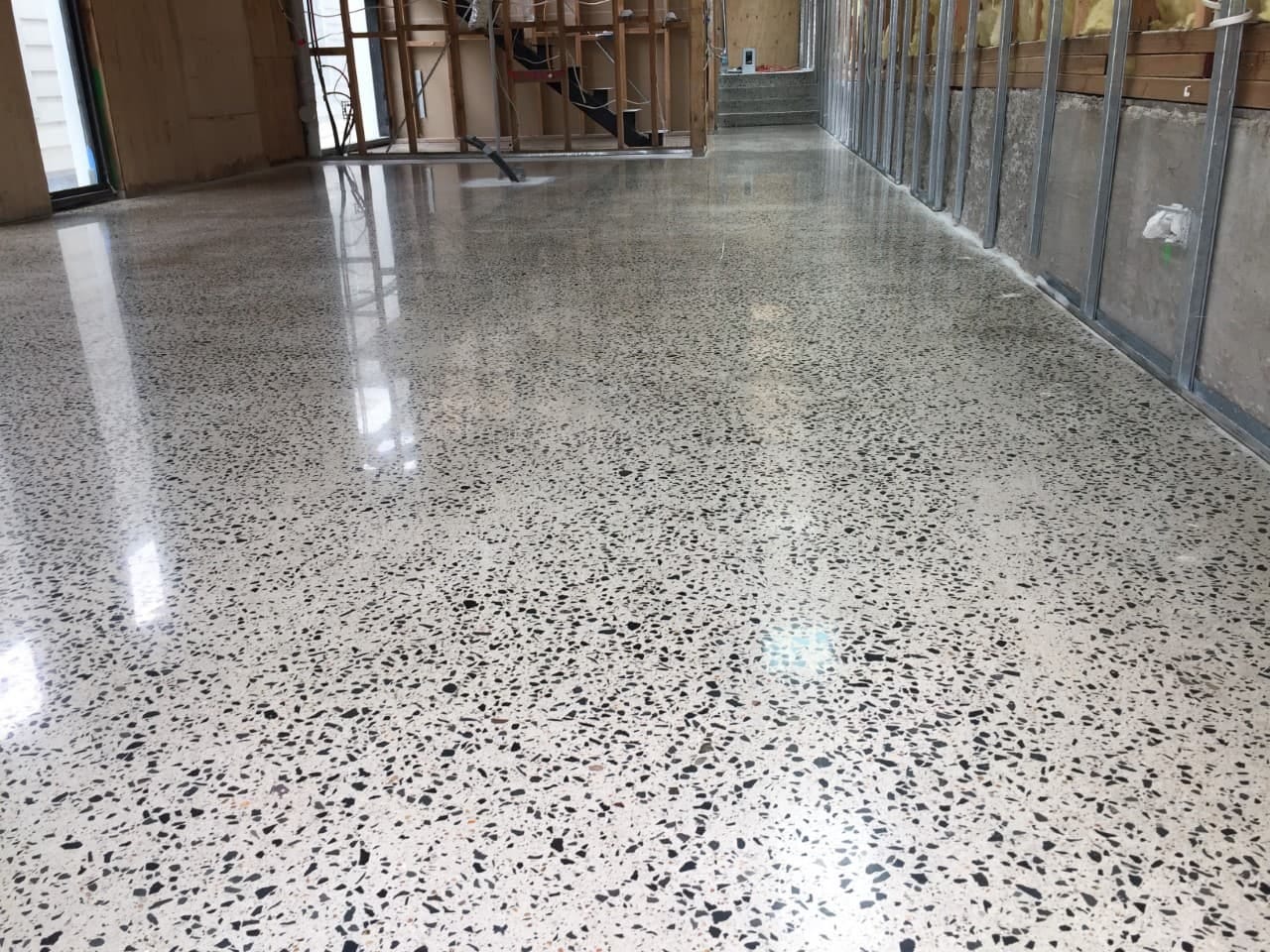
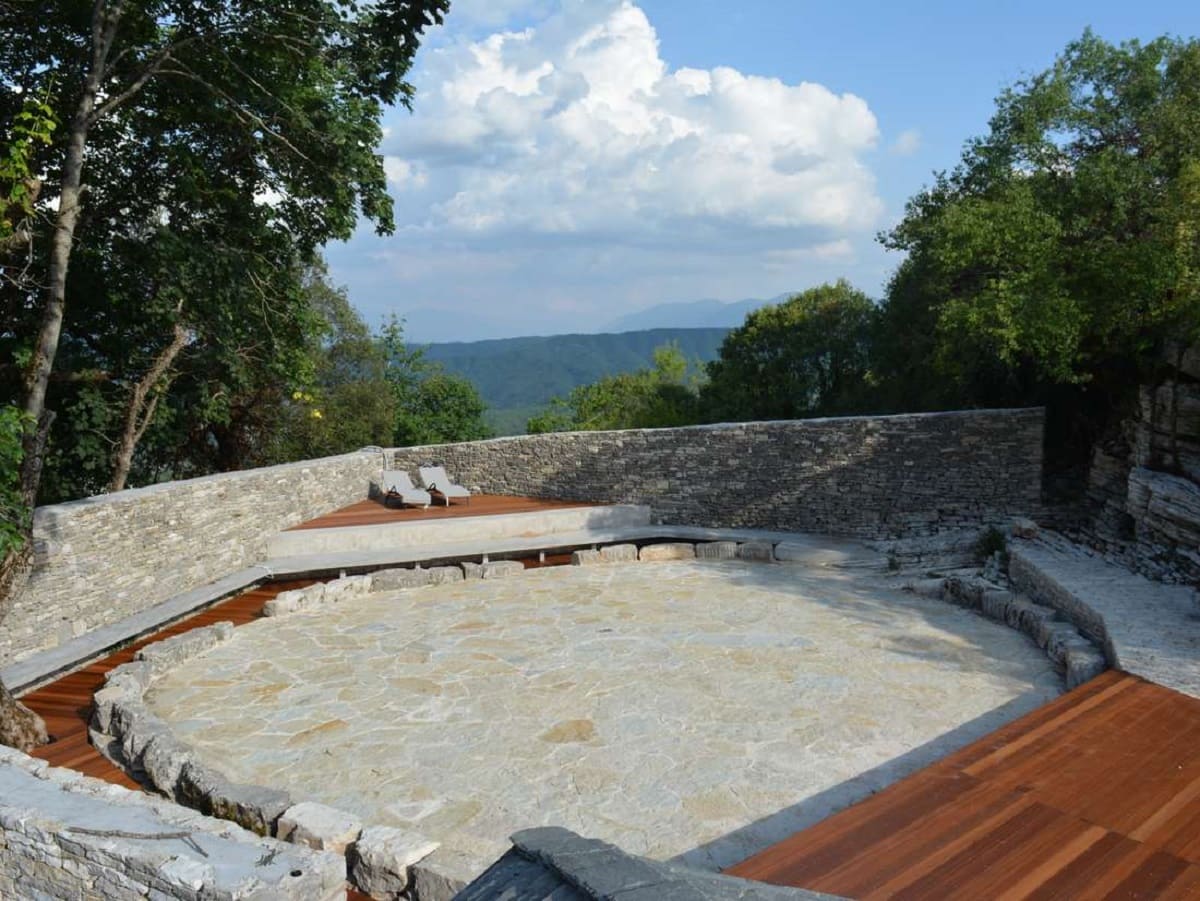
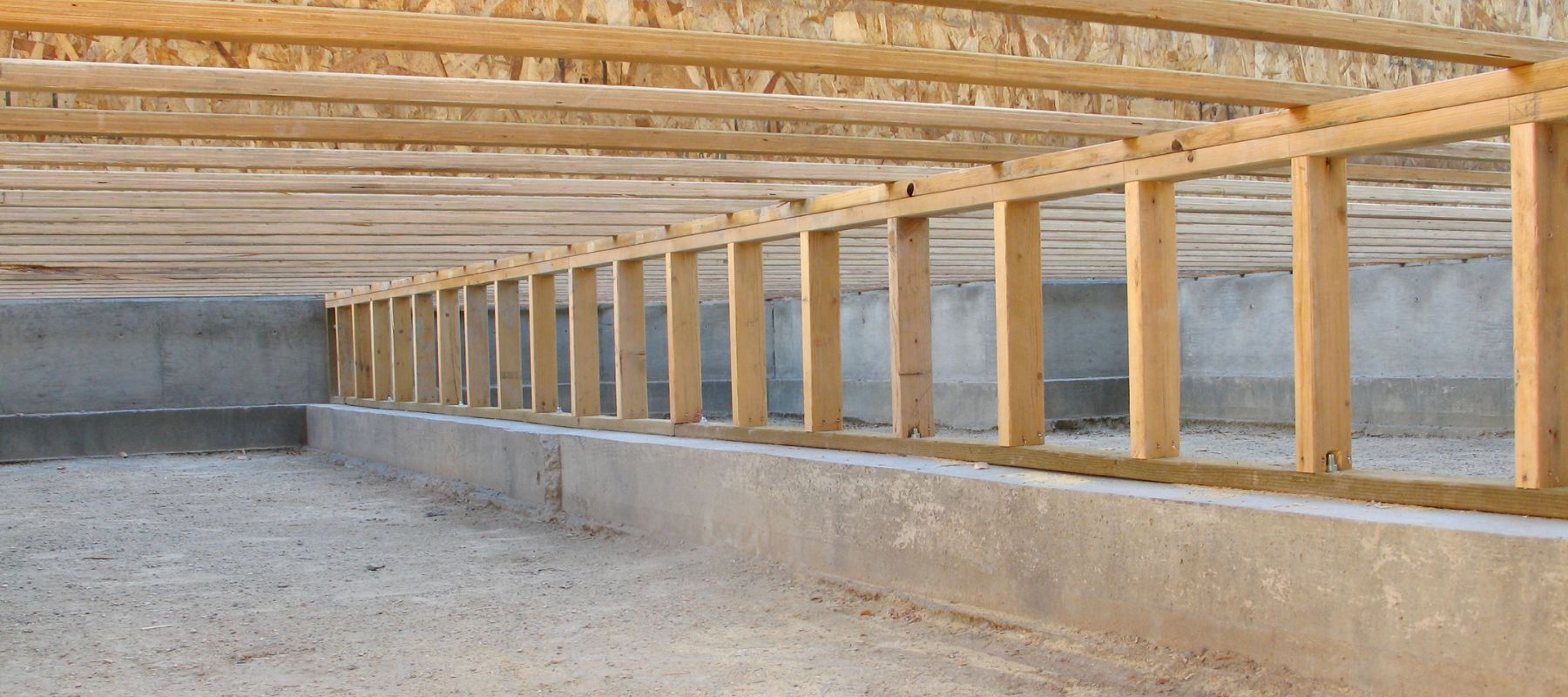
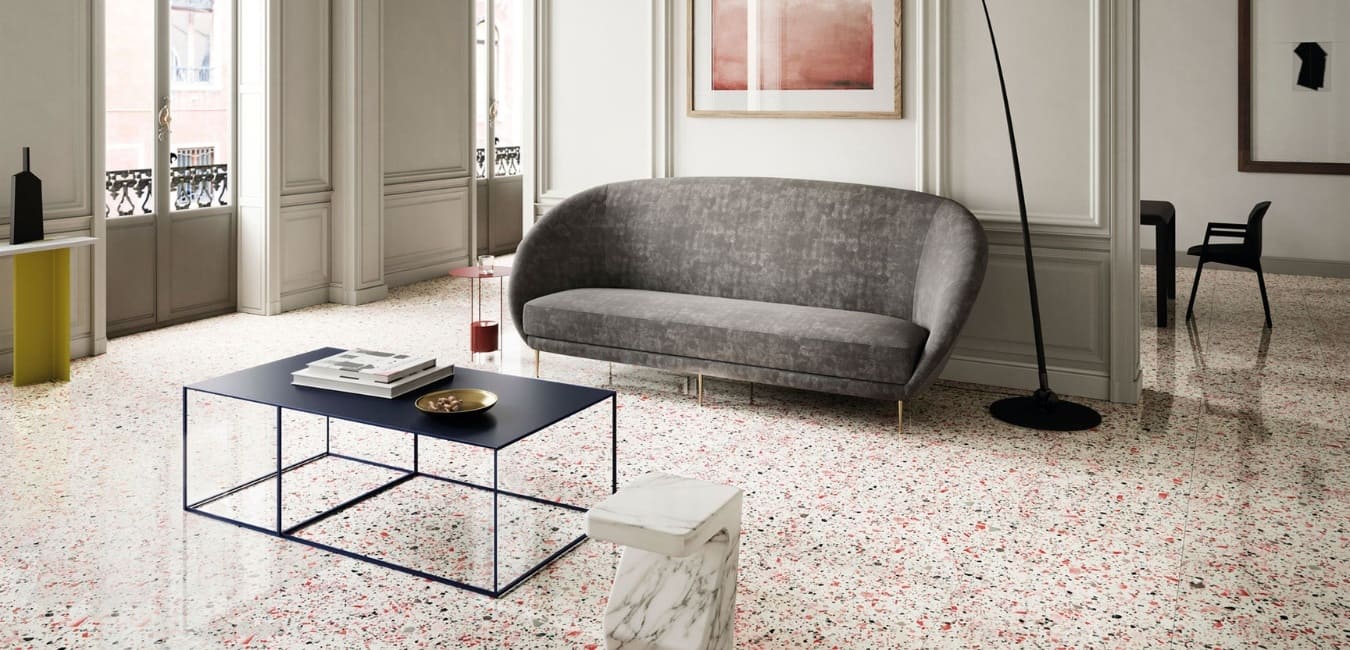

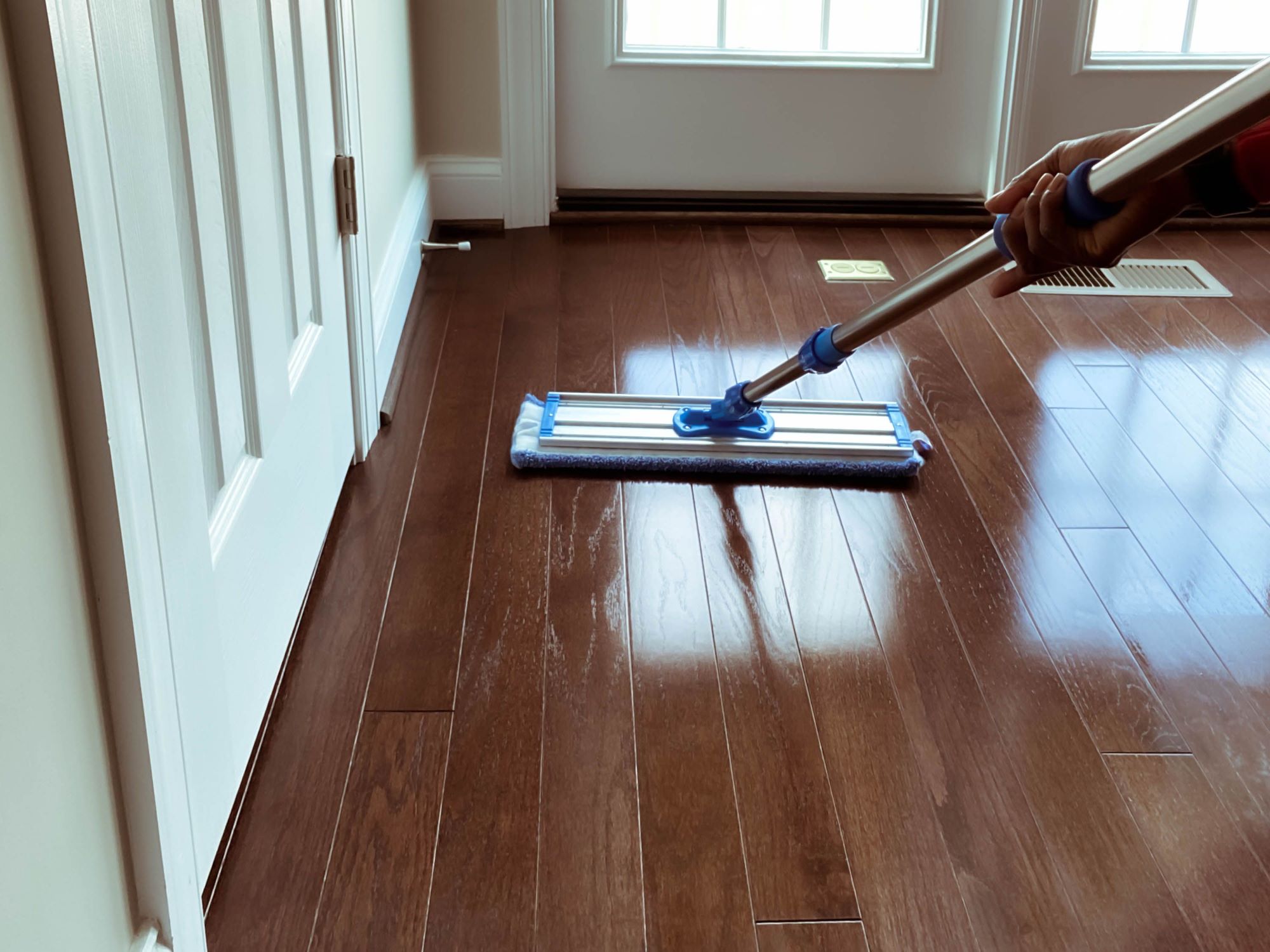

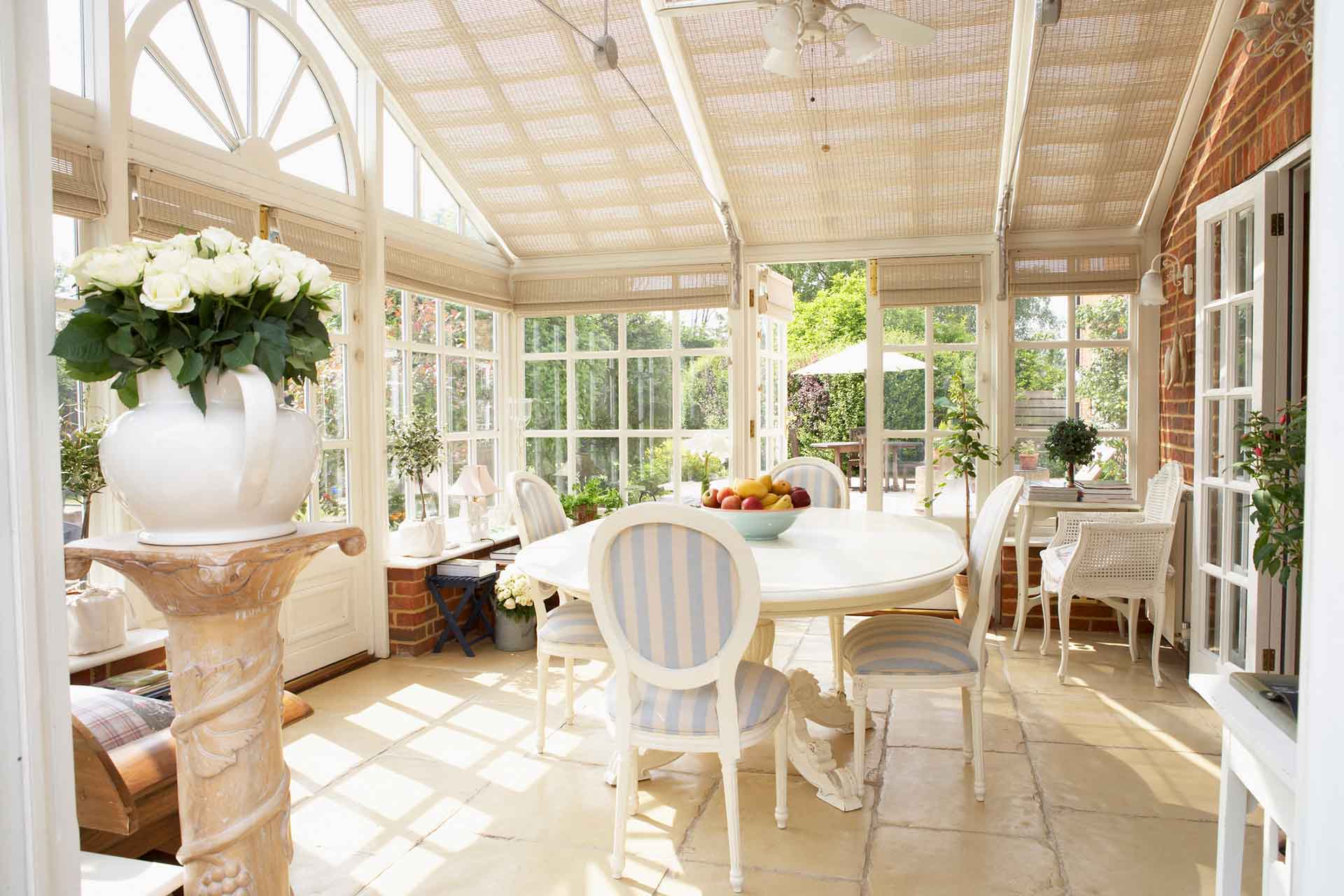
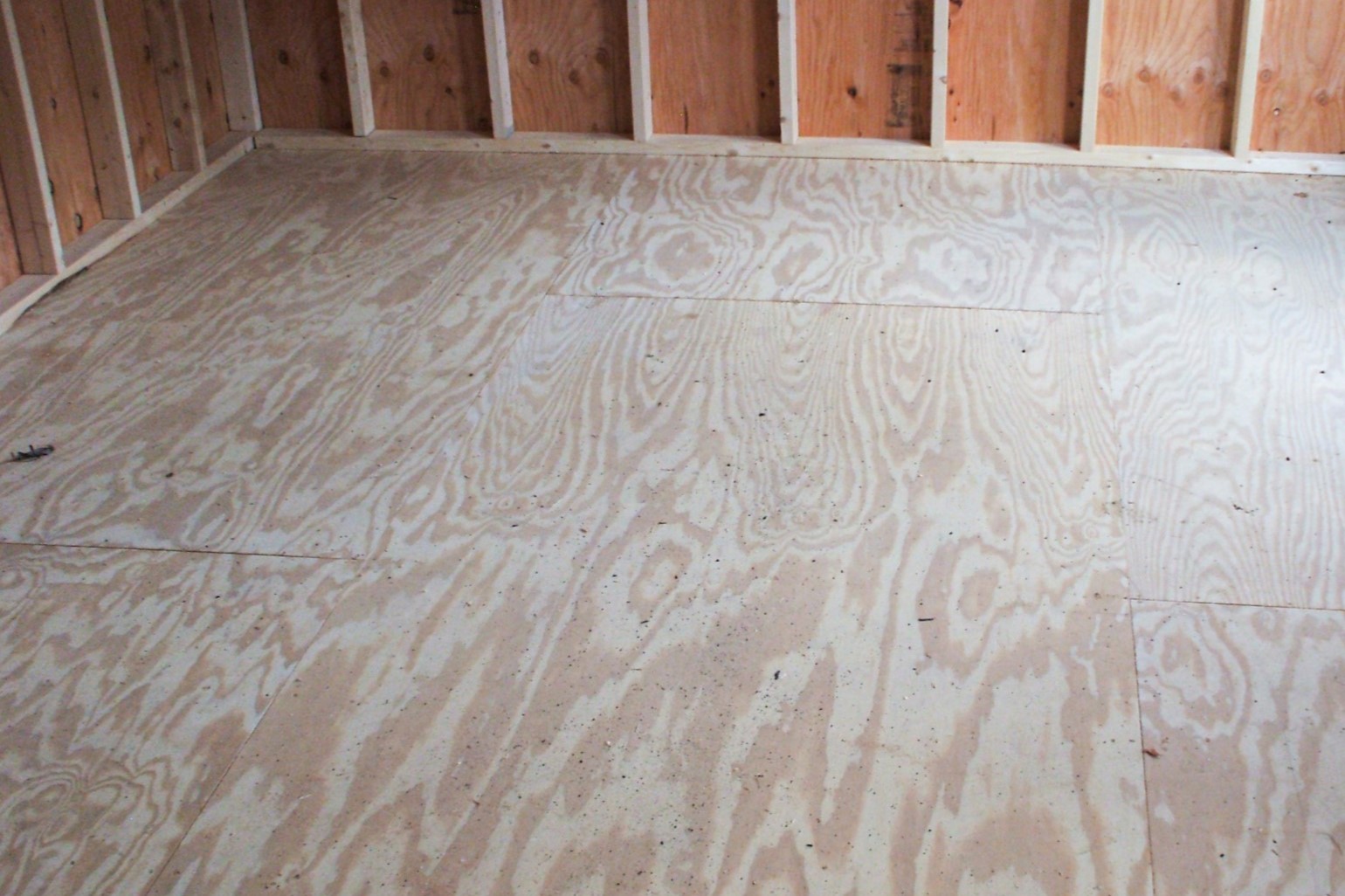
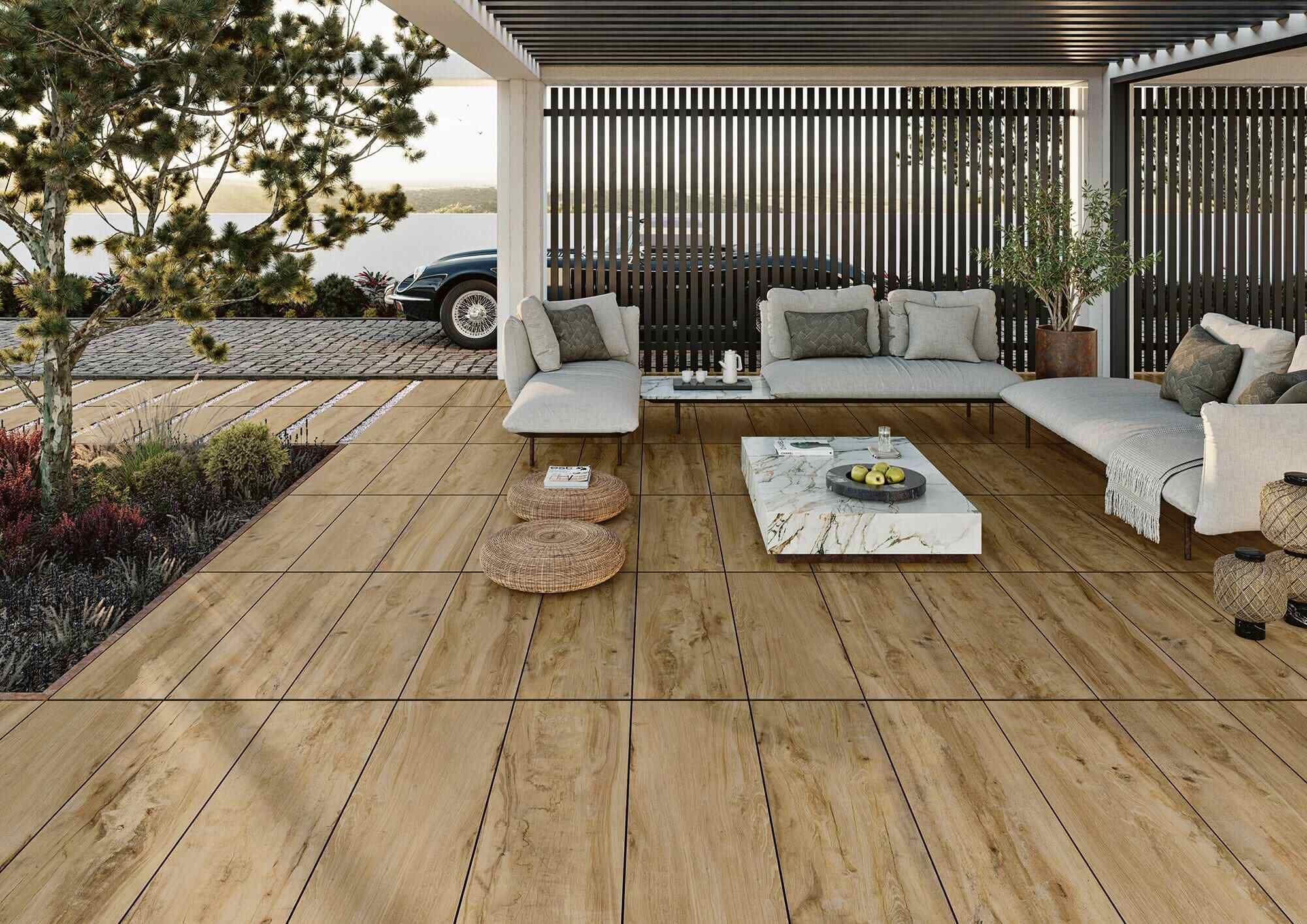

0 thoughts on “What Is A Floor Cloth”